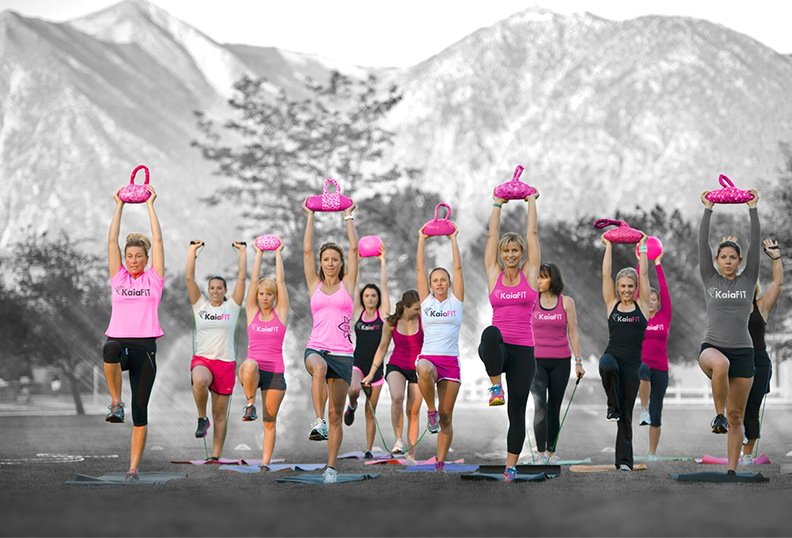
Do you find yourself saying “I feel tight” or “I probably should stretch my ____ out”?
You are not alone; those thoughts run through my mind from time to time as well.
Stretching should be incorporated into the workout.
Why? It helps keep our muscles flexible, strong, and healthy. When we do not stretch our muscles shorten and we start to feel tight. Stretching daily helps keep us mobile and independent. The type of stretch you do and whether it is before or after a workout is just as important.
There are two types of stretches. Dynamic and Static. Both need to be done; however, we must be mindful as to when each is done.
When most of us think of stretching you probably view this as stretching the muscle. Well, that is correct, but something else to keep in mind while performing a stretch.
You are right, the muscle fibers are being stretched and depending on the type of stretch will determine the effectiveness.
First, think of your muscle fibers as taffy. When taffy is cold it is hard and not at all flexible. Now take that same piece of taffy and hold it in your hand for a bit, warming it up. Suddenly it is pliable, flexible. Heck, you can even stretch it out.
Your muscle fibers are the same way.
You need to warm them up so that they are pliable and flexible to perform well during the intended workout.
This can be done by incorporating Dynamic stretches into the workout. With Dynamic stretches you are warming up the muscles and preparing your mindset for the workout. Once the workout is over the focus shifts to a static stretch to increase flexibility and lower the heart rate.
What is the difference?
Dynamic stretches are movement based and completed before the workout. This means moving your limbs and trunk to warm up the muscles between range of motion. There should not be any bouncing or being too vigorous.
Static stretches are to be done after the workout.
Your muscles are exceptionally warm and flexible to provide the perfect time to hold a stretch for 30 seconds or up to 2 minutes.
Incorporating Dynamic stretches at the beginning of a workout and Static stretches at the end help prevent injuries.
Dynamic Stretches | Static Stretches | |
Movement based stretches | Stretches are held for 30 seconds or more | |
Completed BEFORE the workout for 5 to 10 minutes | Completed AFTER the workout. | |
Should not involve bouncing or vigorous movement | Should not stretch beyond comfort level. You should not feel pain during a stretch. Tension is ok | |
Examples of Dynamic stretches:
| Examples of Static Stretches:
|
